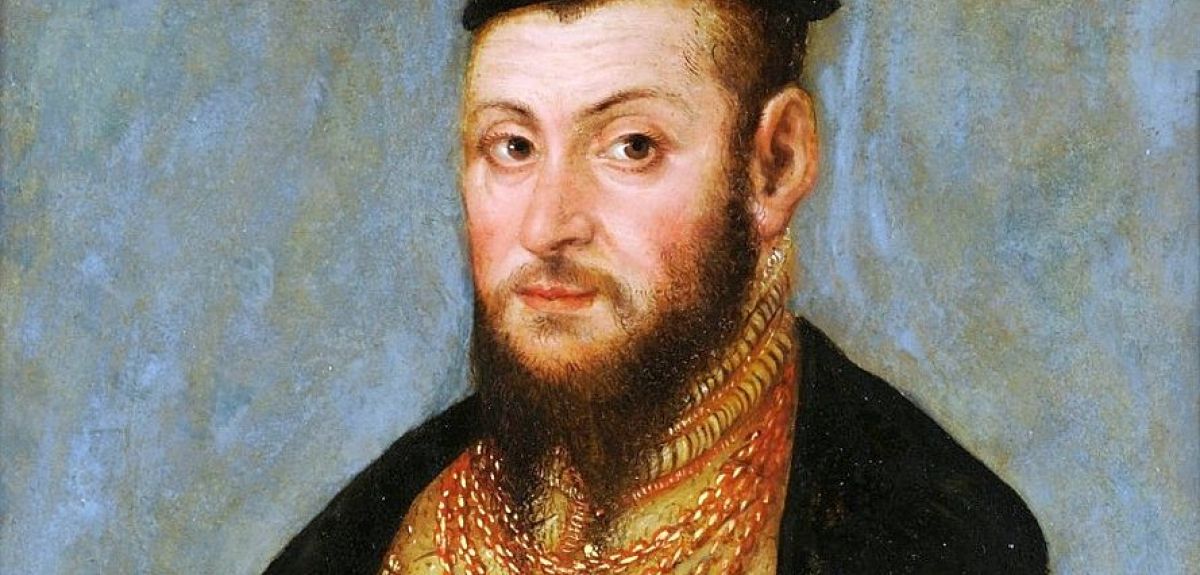
Major new history project will investigate the 'Tudors of Central Europe'
In 1500, when the Tudors sat on the English throne, a dynasty called the Jagiellonians controlled half of continental Europe.
The Jagiellonians (1386-1596) are probably the most successful dynasty most people have never heard of – they ruled over the territories of no fewer than 14 present-day countries in Central, Eastern and Northern Europe. Now, a major new Oxford research project aims to take a fresh look at this remarkable dynasty, their impact on European history and politics, and how they are remembered to this day.
Representatives from the Polish, Lithuanian, Croatian, Slovak and Swedish Embassies, and the Romanian Cultural Institute, visited Oxford on 21st October for the official launch of the project, entitled Jagiellonians: Dynasty, Memory and Identity in Central Europe.
The project will last for five years, and will result in several books and a conference, the first in the UK to focus on the Jagiellonian dynasty. Funded by the European Research Council, this €1.4 million grant is one of the largest yet awarded to study the history of pre-modern Central Europe.
Dr Natalia Nowakowska of the History Faculty and Somerville College, who is leading the project, said: 'The project aims to deepen our understandings of how royal dynasties in this period operated, and what kind of human and political institution they were. It will look at how the very different ways in which the Jagiellonians are remembered today across Central, Eastern and Northern Europe, and how they have shaped national identities. Ultimately we want to understand, through the Jagiellonians, what Central Europe is, a question which is just as pertinent now as it ever was.
'Our aim is that, by the end of this project, far more people will understand who the Jagiellonians were, and the role they played in our shared European history. The Jagiellonians were cosmopolitan, highly international, and raise questions about the boundaries and identity of Europe itself: in that, they are surely a dynasty for our times.'
The Oxford Jagiellonians project, with a team of 6 researchers, will for the first time study the Jagiellonians as an international political phenomenon. 'The Jagiellonians have never been studied as a whole dynasty in this way,' said Dr Nowakowska. 'That means over 24 members of the dynasty, multiple languages, hundreds of years. This is the first project bringing together all the sources and scholarship. It’s a huge challenge.'
A brief history of the Jagiellonian dynasty shows the extent of this challenge. The Jagiellonians emerged in 1386, when Jogaila, pagan ruler of the vast Grand Duchy of Lithuania, married the 12-year old ‘king’ of Poland, Hedwig of Anjou. Jogaila was baptised a Catholic, and his sons and grandsons went on to become kings of Poland, Bohemia and Hungary, ruling lands from the Baltic Sea to the Adriatic. Jogalia’s female descendants married into the ruling families of Bavaria, Saxony, Austria and Sweden, among many others.
'The Jagiellonians are paradoxical: a pagan family who became Catholic crusaders, dynasts in a region of elective monarchies, national kings who created an international bloc,' said Dr Nowakowska.
The dynastic line came to an end with King Sigismund Augustus of Poland-Lithuania, who married three times but failed to produce an heir. His second marriage is heavily mythologised in Central Europe. He married Barbara Radziwiłł, a Lithuanian noblewoman who was thought unfit to be queen, creating a major political scandal.
Sigismund Augustus’ death in 1572 is usually considered the end of the Jagiellonians, but this is to overlook the fact that his sister Anna was crowned ‘king’ of Poland in 1575. A direct contemporary of Elizabeth I, Anna Jagiellon was instrumental in shaping memories of the dynasty until her death in 1596.
 New study estimates NHS England spends 3% of its primary and secondary care budget on the health impacts of temperature
New study estimates NHS England spends 3% of its primary and secondary care budget on the health impacts of temperature
 International collaboration launches largest-ever therapeutics trial for patients hospitalised with dengue
International collaboration launches largest-ever therapeutics trial for patients hospitalised with dengue
 Oxford-built multi-agent assistant for cancer care to be piloted in collaboration with Microsoft
Oxford-built multi-agent assistant for cancer care to be piloted in collaboration with Microsoft
 World's first Phase II Nipah virus vaccine trial launch
World's first Phase II Nipah virus vaccine trial launch